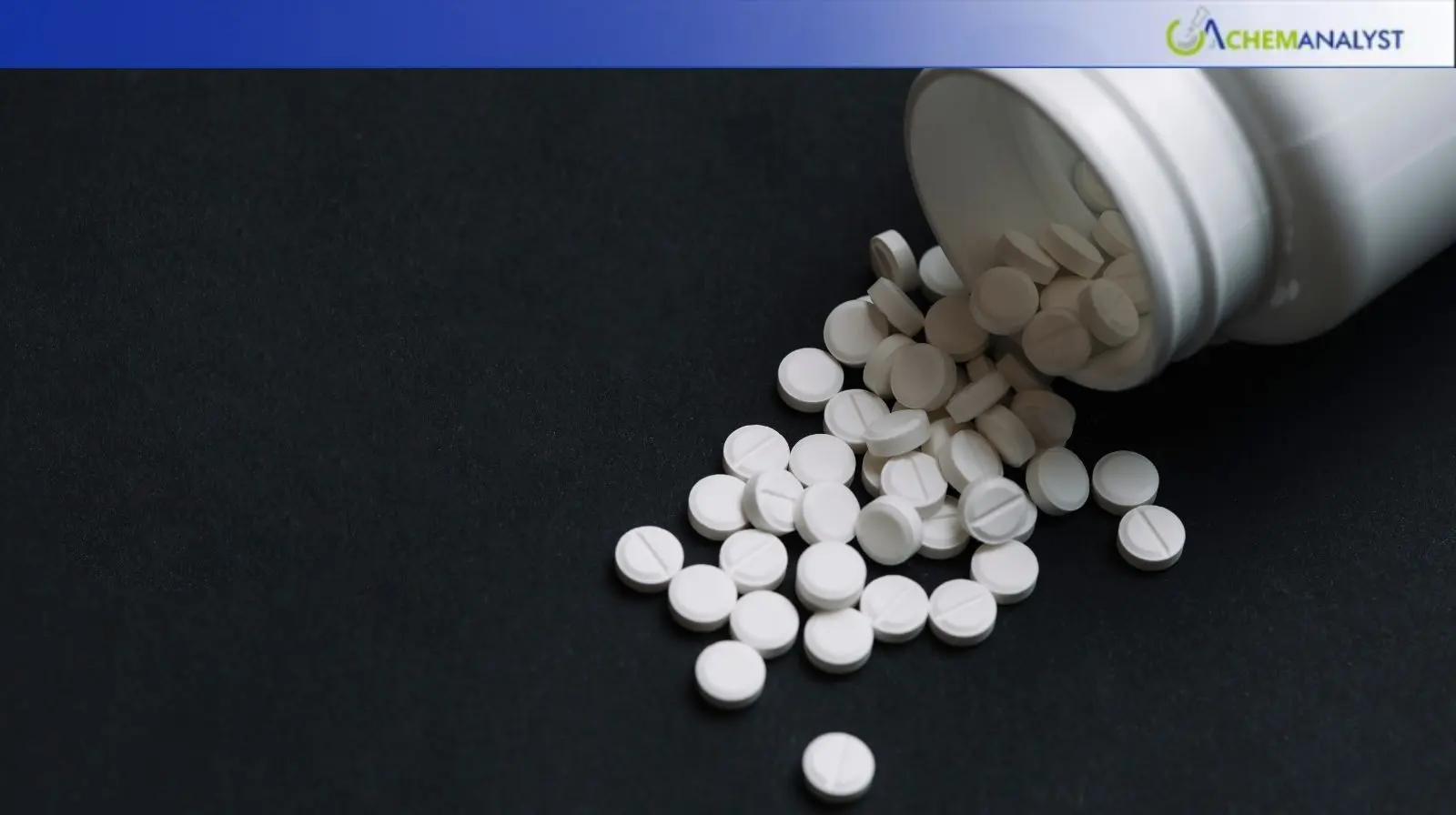Welcome To ChemAnalyst

The international market for Carbamazepine Active Pharmaceutical Ingredient (API) experienced a steady price drop throughout 2025, with September experiencing another sudden drop. This is attributed to untrammeled oversupply, the changing regulation environment, and inherent shifts in the pharma environment. Oversupply continues to be the leading driver of this trend, with large Carbamazepine API producers, especially in India and China, having over-built production capacity ahead of demand levels picking up. India now exports more than 40% of the world's Carbamazepine API, with the Chinese manufacturers selling at lower prices due to cheaper raw material and labor costs. This has resulted in a buyer's market situation where the buyers bargain for lower prices. In addition, the manufacturers have accumulated huge stocks of Carbamazepine, further decreasing prices. Excessive competition between API manufacturers has caused the price to be slashed aggressively as small manufacturers find it hard to survive. Analysts forecast further price declines based on sustained demand, leftover inventory surpluses, stable raw materials prices, and tactical moves by customers such as long-term contracting and large volume buying.
The global market for Carbamazepine Active Pharmaceutical Ingredient (API) has experienced a relentless decline in prices throughout 2025, with September 2025 marking another month of significant attrition of nearly around 6% in India. Industry analysts now project that this downward trend is likely to persist in the near future, driven by a combination of persistent oversupply, evolving regulatory environments, and structural shifts in the pharmaceutical sector. The primary factor behind the continuous price drop of Carbamazepine API is the persistent oversupply in the global market. Over the past year, major API manufacturers, particularly in India and China, have significantly expanded production capacities, outpacing actual demand growth.
On the commercial front, India, being a global leader in producing generic APIs, has experienced an explosive growth in Carbamazepine API production. The major players have increased production, and thus there is oversupply in the local as well as export markets. The Indian players now provide more than 40% of the global Carbamazepine API, and the oversupply phenomenon intensifies. Chinese manufacturers continue to inundate the market with price-sensitive Carbamazepine API, surfing on the reduced raw materials and labor costs. India and China's combined production has resulted in a buyer's market scenario where purchasers are receiving decreasing prices. Additionally, the majority of producers, expecting increased demand, have built gigantic inventories. Since these inventories are not getting sold, manufacturers find themselves at a stage when they must liquidate, which continues to put pressure on the prices downward.
The surplus has fueled aggressive competition between API producers, with price wars being the norm. Pharmaceutical players and generic players, the largest consumers of Carbamazepine API, are taking advantage by withholding orders or negotiating contracts looking forward to further declines in prices. Such wait-and-watches add to the pricing pressure.
Consequently, to keep up with market share, API manufacturers are cutting margins, speeding up the rate of decline. Low-end producers are especially hurting, and some are contemplating short-term curtailment of production or diversification into other APIs.
Forward to this, Industry players typically expect the prevailing oversupply and competitive forces to keep carbamazepine API prices moving southward in the next few months. The following arguments support this expectation: No Sudden Demand Bump: There are no substantive signs of a sudden bump in worldwide demand for Carbamazepine. The antiepileptic and mood-stabilizing drug market is mature, with rates increasing steady and not exponential. Sustained Inventory Overhang: Manufacturers and distributors are left with huge inventories of Carbamazepine, which would take time to work off. Until stocks become normal, price pressure will remain downward. Cost Pressures on Manufacturers: Since raw material costs are firm and no significant supply chain disturbances are imminent, manufacturers have minimal room for maneuvering price hikes for Carbamazepine. The only alternative is cost reduction and margin preservation, which generally means more price decreases. Strategic Buyer Shifting: Drug companies persist in taking up strategies like long-term contracts at bargain rates, bulk buying, and supplier diversification, all of which lead to prolonged price squeezing.
We use cookies to deliver the best possible experience on our website. To learn more, visit our Privacy Policy. By continuing to use this site or by closing this box, you consent to our use of cookies. More info.
